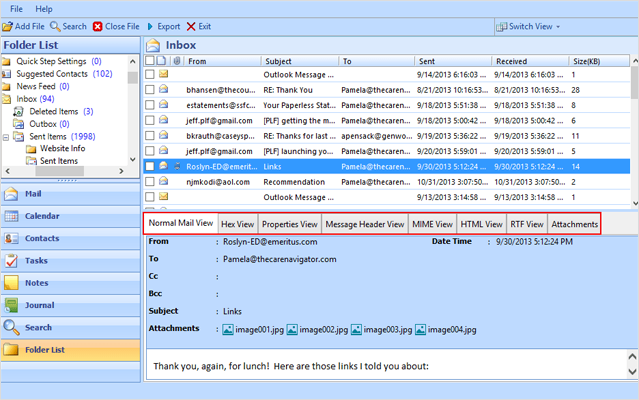Learn How to Open Priv1.edb and Pub1.edb Files: With & Without Environ
Microsoft Exchange Server offers a unified communication platform to the users working within the same network. The connectivity is availed both privately and professionally, however, the usage of Exchange Servers are higher at enterprise level. Exchange server generates its repository as an EDB format file, i.e. Exchange Database file. This file consists of all user mailboxes for the accounts connected with Exchange. Moreover, the mailboxes are accompanied by the shared folders consisting of data shared by users over the server publically with the users connected to the same server forest.
Exchange Server Storage: The Scenario Previously
Previously, i.e. the bygone versions of Exchange Server were programmed to generate not two storage folders for each user account but two repositories for all users. During the older times, Exchange Server created two separate EDB files, i.e. one for Private Data Storage (User Mailboxes) and one for Public Data Storage (Shared Folders).
These folders were supposed to be generated as Priv1.edb and Pub1.edb files respectively. Apart from this, the files were also accompanied by an STM file, i.e. Streaming File. This file was supposed to store all the media contents that were shared on the server or were accompanied by messages exchanged through the user accounts.
Therefore, the previous storage structure of Exchange Server used to be very disarranged and hard to organize and manage by administrators. Administrators having old repositories with them might struggle accessing them.
Challenges of Accessing Priv & Pub EDB Files
Exchange databases of old formats found in the present time may have a trouble being accessed despite the availability of Exchange Server. This is because Exchange repositories are bound with security and permissions assigned to them for preventing them to be accessed by an unauthorized user.
- While mounting the database file on your current Exchange Server, you might run out of rights to the file. By not being the authorized holder of the database, insufficient rights are an issue that you may tend to come across. You need to have securityprivilege rights to the database in order to be able to access and open it.
- AD service permissions are not owned. If the Server machine does not have read rights to the database, the mounting procedure will fail to execute. The machine does not belong to the same domain, server forest, permissions are not assigned, or any other such related scenario could lead to the file failing to mount.
How to Open Priv1.edb and Pub1.edb Files?
As discussed above, the database files are bound with permissions and privileges for security reasons. Therefore, it does not matter whether you are equipped with a Server environment or not, mounting these EDB files will only encounter you to failure.

Moreover, the only other way of accessing these database files is via an external application that happens to read them. EDB File Reader is a suitable solution that can be availed in such circumstances, to fulfill the need of accessing EDB files without environment or security/privilege issues being encountered. The product features option not just to read EDB files but also the streaming files (when applicable). Advanced scan option of the product is a highlighting one as this enables a user to also read a damaged/corrupted database.
